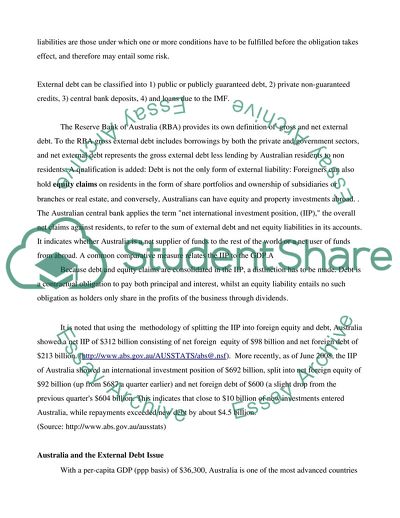Cite this document
(Australia's External Debt Assignment Example | Topics and Well Written Essays - 2500 words, n.d.)
Australia's External Debt Assignment Example | Topics and Well Written Essays - 2500 words. https://studentshare.org/sociology/1717560-australias-debt-essay
Australia's External Debt Assignment Example | Topics and Well Written Essays - 2500 words. https://studentshare.org/sociology/1717560-australias-debt-essay
(Australia'S External Debt Assignment Example | Topics and Well Written Essays - 2500 Words)
Australia'S External Debt Assignment Example | Topics and Well Written Essays - 2500 Words. https://studentshare.org/sociology/1717560-australias-debt-essay.
Australia'S External Debt Assignment Example | Topics and Well Written Essays - 2500 Words. https://studentshare.org/sociology/1717560-australias-debt-essay.
“Australia'S External Debt Assignment Example | Topics and Well Written Essays - 2500 Words”. https://studentshare.org/sociology/1717560-australias-debt-essay.


